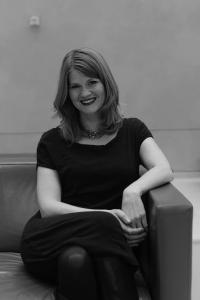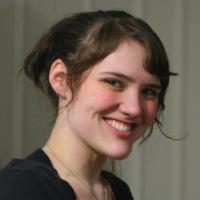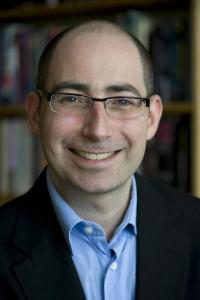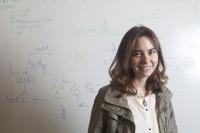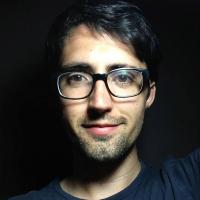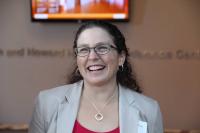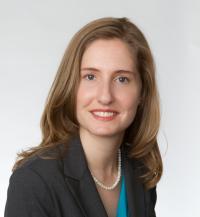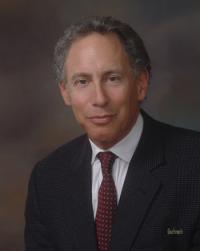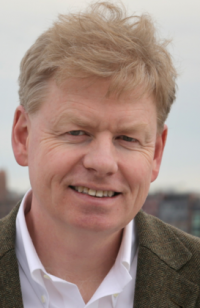WKKathleen Hall Jamieson
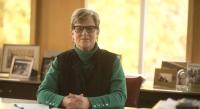
Director, Annenberg Public Policy Center, University of Pennsylvania
Kathleen Hall Jamieson is the Elizabeth Ware Packard Professor of Communication at the Annenberg School for Communication and Walter and Leonore Annenberg Director of the Annenberg Public Policy Center at the University of Pennsylvania. Professor Jamieson is a fellow of the American Academy of Arts and Sciences, the American Philosophical Society, the American Academy of Political and Social Science and the International Communication Association. She is the author or co-author of 15 books including: Presidents Creating the Presidency (University of Chicago Press, 2008), Echo Chamber: Rush Limbaugh and the Conservative Media Establishment (Oxford, 2008) and unSpun: Finding Facts in a World of Disinformation (Random House, 2007). Jamieson has won university-wide teaching awards at each of the three universities at which she has taught, and political science or communication awards for four of her books. Her book, co-authored with Kate Kenski and Bruce Hardy, The Obama Victory: How Media, Money, and Messages Shaped the 2008 Election, received the 2010 American Publishers Award for Professional and Scholarly Excellence (PROSE Award) in the area of government and politics.
Speaking:
-
Saturday, October 10th, 10:45 am to 12:00 pm

